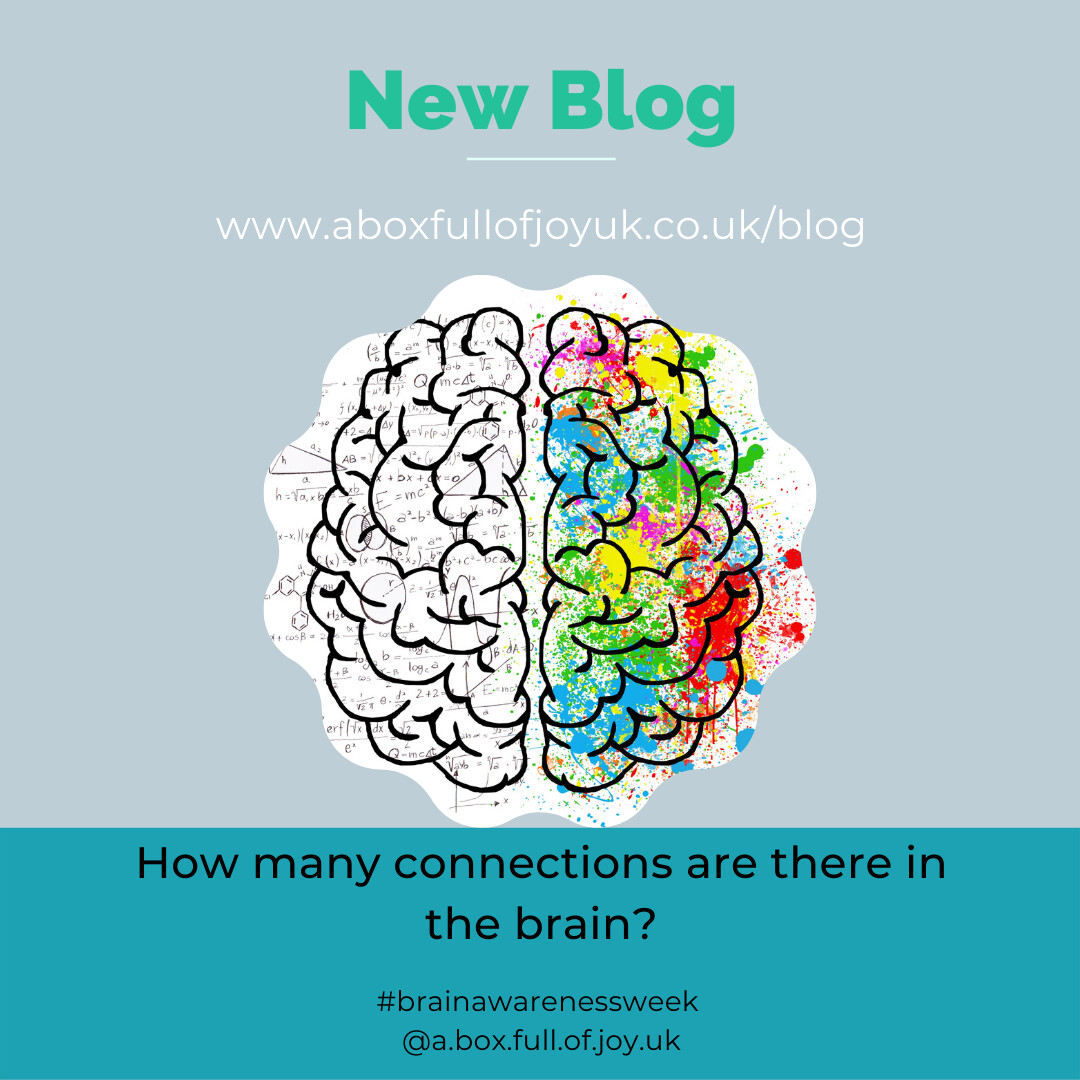
I wanted to share a special blog for Brain Awareness Week. Our brain is amazing and incredibly complex, and since my son was diagnosed with epilepsy I have been fascinated with trying to understand how the brain works (although even for best experts in the field there is still so much to discover!) I've learned some interesting things looking into neuroscience and psychology, so I thought I would share a few bits with you.
The purpose of Brain Awareness Week is to raise awareness of different brain conditions, as well as the ways in which our brain works.
Did you know?
- The human brain has 80-100 billion nerve cells, known as neurons
- Each neuron is connected to more than 1,000 other neurons, making the total number of connections in the brain around 60 trillion!
- Neurons are organized into patterns and networks within the brain and communicate with each other at incredible speeds.
- Seizures are therefore sudden, uncontrolled electrical disturbance in the brain which can cause changes in behaviour, movements, feelings, and consciousness.
Seizures are a regular part of my son’s life as he has temporal lobe epilepsy. The temporal lobe is where the limbic system, (the centre for emotions) is housed in the brain so the way that his seizures and his medication affects him, often showcases in change of mood, which is why at the beginning when he had his first few seizures, he was very, very angry and his emotions were all over the place. And it's no surprise really because actually in that part of the brain where neural connections are uncontrollably disturbed. Back in 2020 before I created the pads, and the different things to try and help him express his emotions, it was time to also investigate and look at the brain and how it works.
One key thing I came across when I was investigating the brain was that different sides of the brain are responsible for different things. To help develop skills such as resilience we have to try to engage both sides of the brain and integrate them. The right side is in charge of the emotional response and is often what reacts first in times of stress; sometimes anger, sadness, frustration when something goes wrong. The left side of the brain is responsible for more logical thinking and so in times of stress it is helpful to try and integrate that once we have acknowledged the emotion. A powerful way to do that is through storytelling.
So for example if someone has fallen over, for example, then we need to acknowledge the feelings first for example: ‘aw that must have hurt’ but then also story tell and narrate; ‘But then what happened, did Mum pick you up and give you a cuddle?’ by recounting the story it helps the left side logic to come across to the emotional right side of the brain. And if you think about it, we probably do that all the time. When as adults, we have had a hard day at work, we are overwhelmed we may want to offload to a loved one the story of our bad day! Some of us love to chat and others like to keep feelings inside but storytelling is so helpful to integrate the left and the right side of the brain.
Another thing I came across was something called neuroplasticity and thinking about how we can reframe our thoughts. And that's something you'll see on my YouTube channel or on Facebook that I talk about quite a bit (so I won’t go into full details here) and it's amazing that actually we can train and reframe our default thoughts. Default thoughts are the thoughts that we have that are our most common thoughts, potentially from childhood, that may be the constant brain loop we tell ourselves daily, for example mine is ‘I’m not good enough’. These default thoughts can make a huge impact on our da because our thoughts affect our feelings which affect our actions and affects the results of what we do today and how we feel and all of those things.
So to know how to intentionally reframe our thoughts and challenge our default thoughts and how you can mould your brain is really important. And that's something we can do with children from a young age. We can help them build their mindset and resilience and even by reframing simple things like ‘I can't do this’ by adding a simple word ‘yet’ so it is ‘I can't do this YET’. That is reframing that thought and thinking actually, yes, it might be tricky, I might not be able to do that now but actually I can, I will do it, just can't do it yet. And that gives a much more positive spin on things.
So, this Brain Awareness Week marvel at the amazingness of your brain and the intricacy of it’s creation but then also think about the people that are affected by the many different brain conditions in the world and the impact on their daily life when some of the neurons aren’t transmitting the electrical impulses as well as others. From experience of my son's epilepsy, the impact of the seizures and affect hum physically, mentally, cognitively and neurologically.
Why not chat to someone who has a condition linked to the brain and ask them about how it affects their lives daily? Let's break any stigmas that there are, and let's find out. Let's educate ourselves and let's learn more about our amazing brain.
My brother is doing an amazing challenge to raise money for Epilepsy Research UK. 4 half marathons in 4 days!! Funding vital research, especially into brain conditions is so under funded but there are amazing charities educating and researching. They need the funding, they need the money to be able to find a cure for epilepsy because there is no cure currently. And also like to provide more effective treatments as well because 24 million people who live with epilepsy live with uncontrolled seizures.
So take a moment to educate yourself about a brain condition this #brainawarenessweek and start using the full capabilities of your own brain to help build resilience through storytelling and show the world what we our amazing brains are able to achieve. If you want to find out more about our workshops and how we train children to use their brain to help combat negative thinking then join our Facebook group or take a look here.
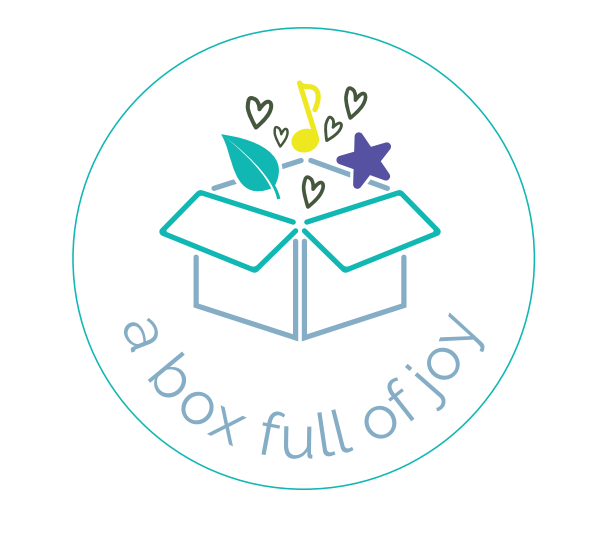





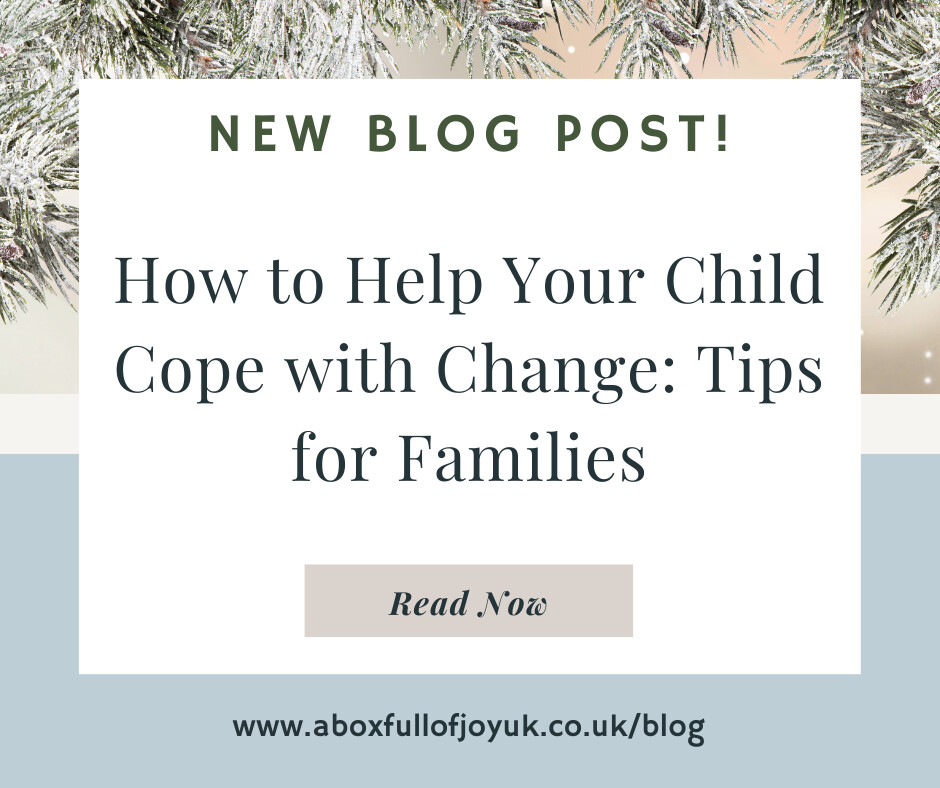

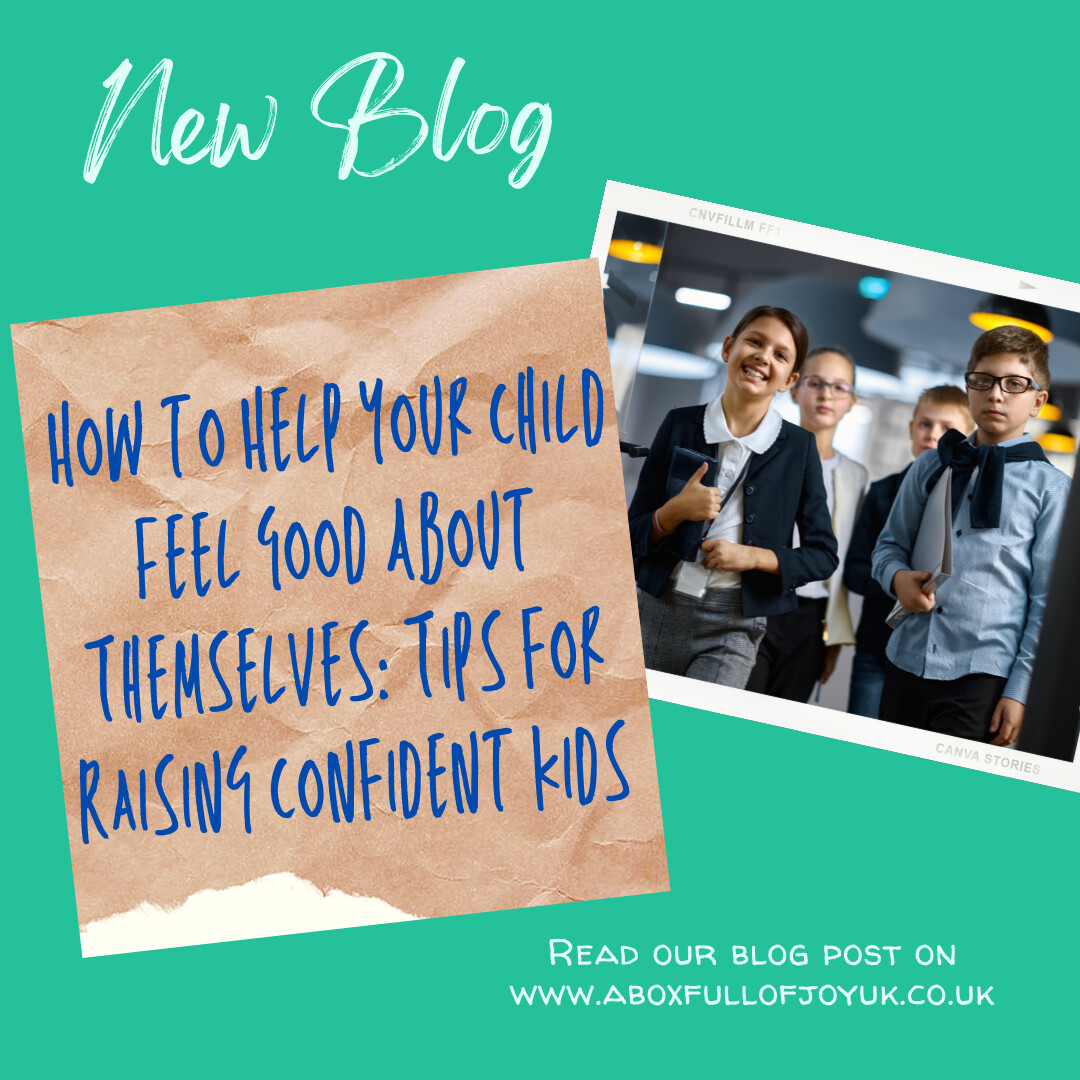

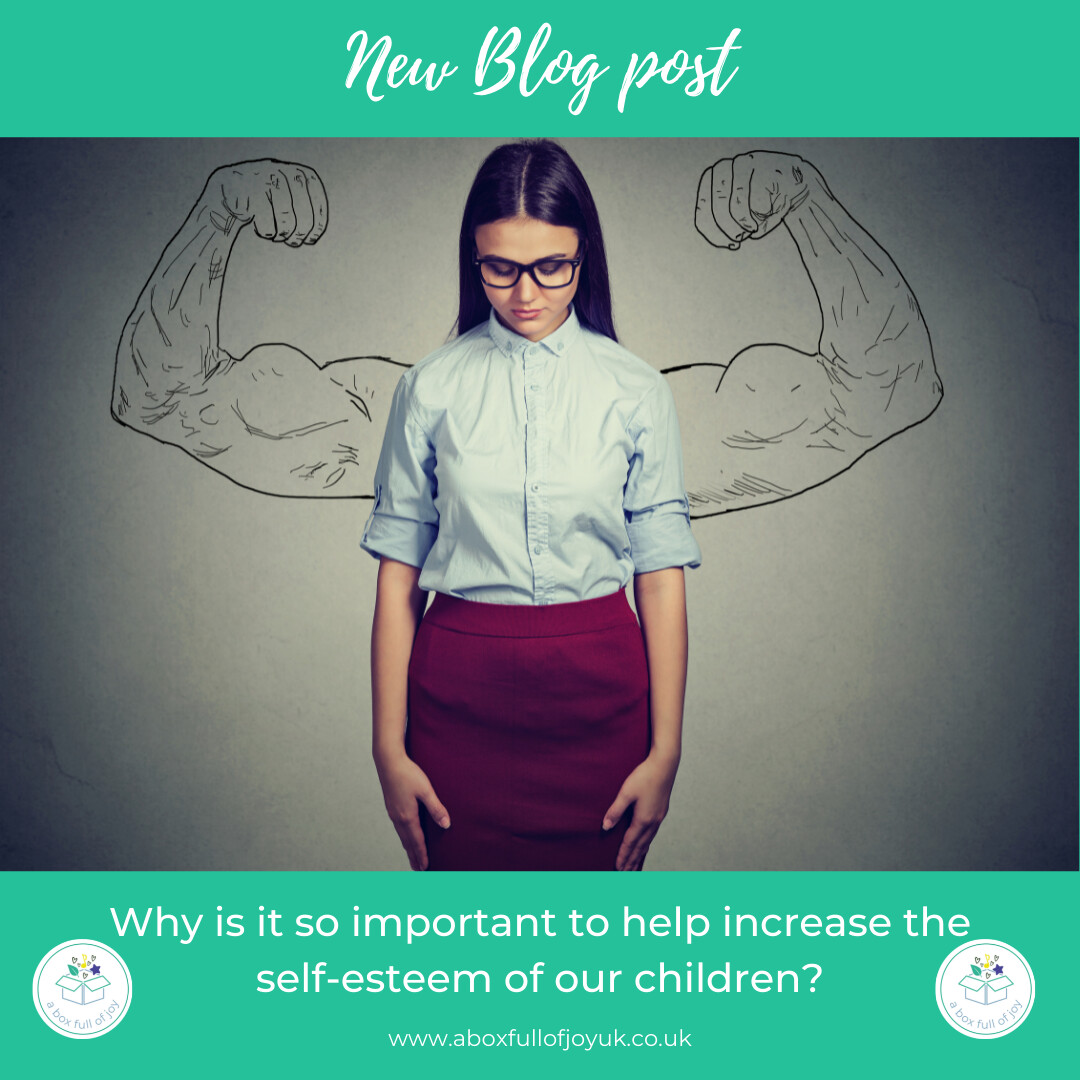

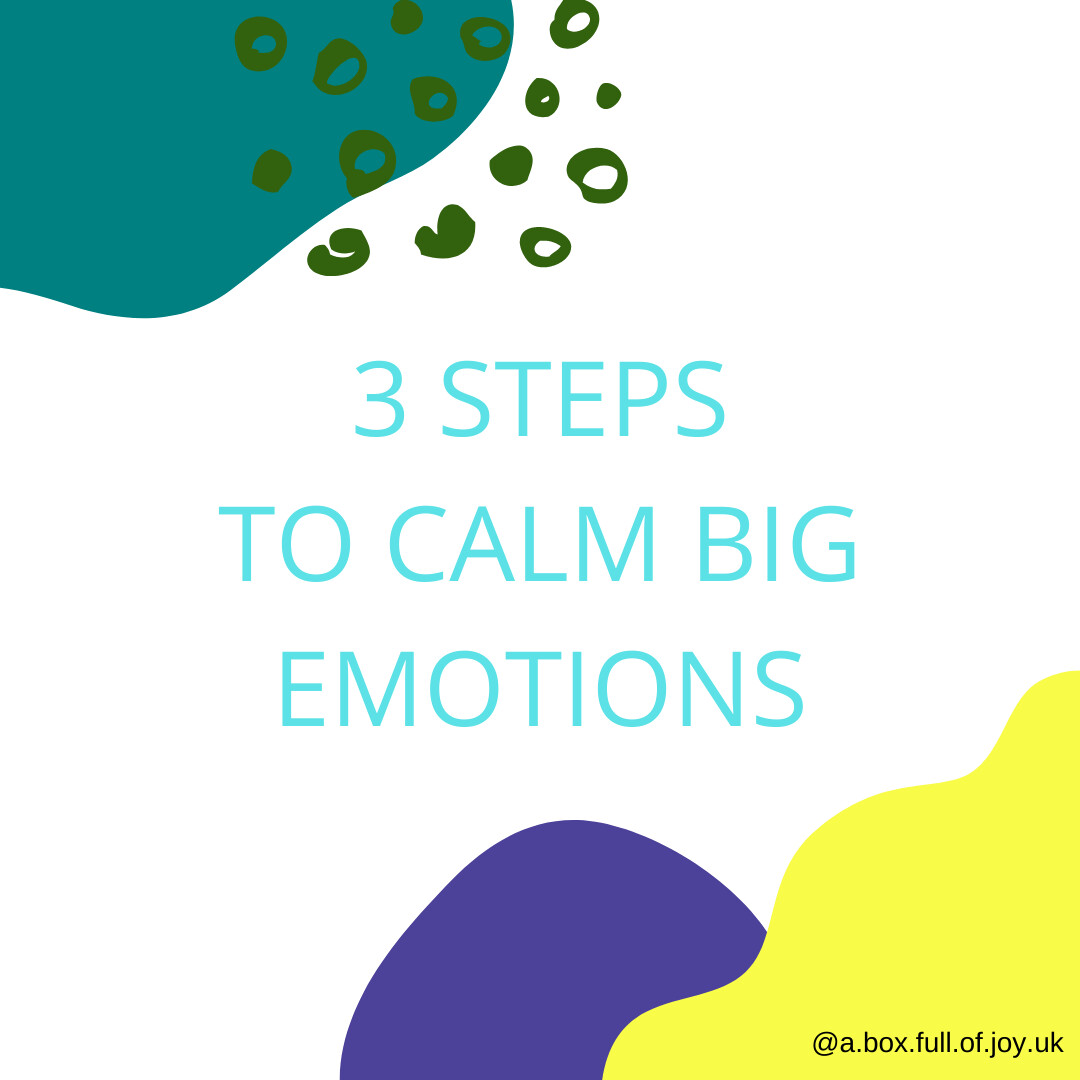
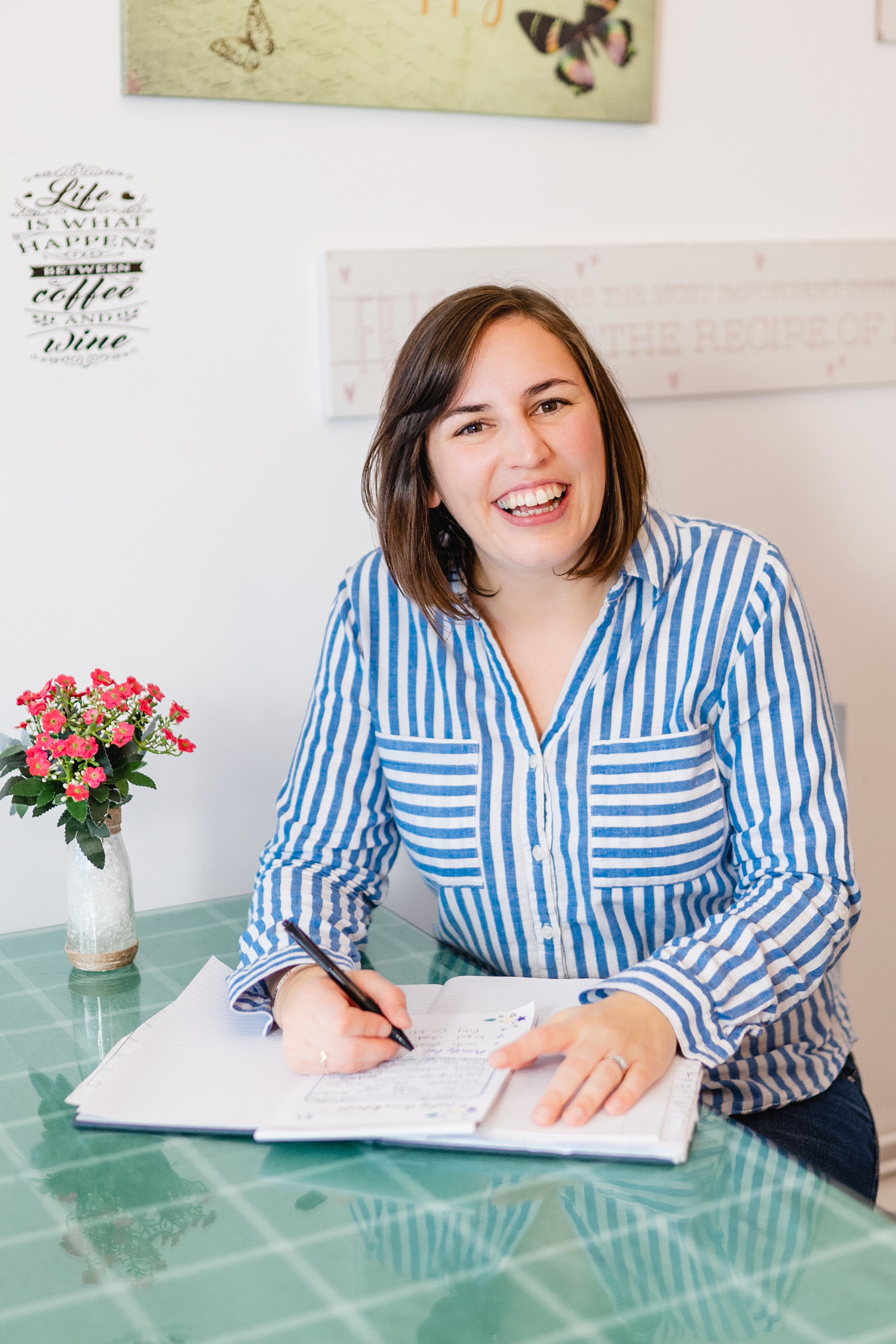
WhatsApp: +14242983869
LORD GERALD CAN AS WELL CURE THE FOLLOWING DISEASE:-
1. HIV/AIDS
2. HERPES
3. CANCER OF ALL KINDS
4. HSV
5. Hepatitis A,B,C
6. Diabetes
7. Parkinson’s disease
8. C.O.P.D
9.ALS
10. Coronary Artery Disease (Ischemic Heart Disease)
11. Alopecia
12.Bipolar disorder
13.Bedwetting
14.Carpal tunnel syndrome
15.Celiac disease
16.Ear Infections
17.Endometriosis
18.Epilepsy
19.Chlamydia
20.Syphilis
21.Gonorrhea
Natural remedy for curing HERPES and HIV. WhatsApp Lord Gerald on +14242983869
اهم شركات كشف تسربات المياه بالدمام كذلك معرض اهم شركة مكافحة حشرات بالدمام والخبر والجبيل والخبر والاحساء والقطيف كذكل شركة تنظيف خزانات بجدة وتنظيف بجدة ومكافحة الحشرات بالخبر وكشف تسربات المياه بالجبيل والقطيف والخبر والدمام
https://emc-mee.com/cleaning-company-yanbu.html شركة تنظيف بينبع
https://emc-mee.com/blog.html شركة نقل عفش
اهم شركات مكافحة حشرات بالخبر كذلك معرض اهم شركة مكافحة حشرات بالدمام والخبر والجبيل والخبر والاحساء والقطيف كذلك شركة رش حشرات بالدمام ومكافحة الحشرات بالخبر
https://emc-mee.com/anti-insects-company-dammam.html شركة مكافحة حشرات بالدمام
شركة تنظيف خزانات بجدة الجوهرة من افضل شركات تنظيف الخزانات بجدة حيث ان تنظيف خزانات بجدة يحتاج الى مهارة فى كيفية غسيل وتنظيف الخزانات الكبيرة والصغيرة بجدة على ايدى متخصصين فى تنظيف الخزانات بجدة
https://emc-mee.com/tanks-cleaning-company-jeddah.html شركة تنظيف خزانات بجدة
https://emc-mee.com/water-leaks-detection-isolate-company-dammam.html شركة كشف تسربات المياه بالدمام
https://emc-mee.com/ شركة الفا لنقل عفش واثاث
https://emc-mee.com/transfer-furniture-jeddah.html شركة نقل عفش بجدة
https://emc-mee.com/transfer-furniture-almadina-almonawara.html شركة نقل عفش بالمدينة المنورة
https://emc-mee.com/movers-in-riyadh-company.html شركة نقل اثاث بالرياض
https://emc-mee.com/transfer-furniture-dammam.html شركة نقل عفش بالدمام
https://emc-mee.com/transfer-furniture-taif.html شركة نقل عفش بالطائف
https://emc-mee.com/transfer-furniture-mecca.html شركة نقل عفش بمكة
https://emc-mee.com/transfer-furniture-yanbu.html شركة نقل عفش بينبع
https://emc-mee.com/transfer-furniture-alkharj.html شركة نقل عفش بالخرج
https://emc-mee.com/transfer-furniture-buraydah.html شركة نقل عفش ببريدة
https://emc-mee.com/transfer-furniture-khamis-mushait.html شركة نقل عفش بخميس مشيط
https://www.divephotoguide.com/user/moverjazan
https://myspace.com/moverjazan
https://letterboxd.com/Jazan11/
https://www.indiegogo.com/individuals/38578323
https://www.thelaw.com/members/moverjazan.140484/#about
https://www.mightycause.com/profile/mjjkpf
https://www.diggerslist.com/681c78577f796/about
https://www.ted.com/profiles/49414551
https://lichess.org/@/moverjazan
https://talk.plesk.com/members/jazan.419328/#about
https://hashnode.com/@moverjazan
https://lichess.org/@/moverjazan11
https://www.mobafire.com/profile/jazan-1194465?profilepage
https://myanimelist.net/profile/Jazan11
https://www.noteflight.com/profile/1ed48c96bbdfffb7417c2746356dee1d40d657cb
https://www.designspiration.com/leyan1362023/saves/
https://spinninrecords.com/profile
https://scioly.org/forums/memberlist.php?mode=viewprofile&u=157717
https://www.instructables.com/member/moverjazan/?cb=1747239321506
https://qiita.com/Jazan111
https://www.wonderhowto.com/settings/profile/
https://speakerdeck.com/asasdchchd
https://mastodon.social/@Jazan
https://www.producthunt.com/@companies
https://www.scca.com/users/8700402/videos
https://www.openstreetmap.org/user/Jazan
ezistreet.com/profile/jazan/about/preferences/
https://therabbitroom.kindful.com/dashboard
https://www.divephotoguide.com/user/moverjazan11222
https://www.magcloud.com/account
https://www.hackerearth.com/@leyan1362023/
https://www.gta5-mods.com/users/companies
https://triberr.com/moverjazan
https://www.custommagnums.com/members/jazan.172153/
https://audiomack.com/jazan
https://pastebin.com/u/Jazan11
http://profiles.delphiforums.com/n/pfx/profile.aspx?webtag=dfpprofile000&userId=1891257552
https://app.giveffect.com/users/1608512-jazan
https://www.divephotoguide.com/user/Yanbu/
https://myspace.com/company.in.yanbu
https://letterboxd.com/yanbu11/
https://www.mightycause.com/profile/t8zo2f
https://www.diggerslist.com/680f3e4976f84/about
https://www.ted.com/profiles/49357932
https://lichess.org/@/Yanb
https://talk.plesk.com/members/yanbu.416335/#abou
https://www.indiegogo.com/individuals/38565807
https://hashnode.com/@Company11
https://lichess.org/@/Yanbu
https://www.mobafire.com/profile/yanbu11-1194053?profilepage
https://myanimelist.net/profile/Yanbu
https://www.noteflight.com/profile/d01b0aa45483c6a4ecfe8cf31fecd8c33c3f22a4
https://www.designspiration.com/leen1362023/saves/
https://spinninrecords.com/profile
https://www.instructables.com/member/Yanbu/?cb=1745873769929
https://scioly.org/forums/memberlist.php?mode=viewprofile&u=157329
https://pastebin.com/u/Yanbu/comments
https://www.gta5-mods.com/users/Yanbu
https://www.divephotoguide.com/user/Yanbu/
https://audiomack.com/yanbu
https://www.magcloud.com/account
https://www.diggerslist.com/680f3e4976f84/about
https://speakerdeck.com/yanbu
https://triberr.com/Company11
https://www.hackerearth.com/@leen1362023/
https://mastodon.social/@Yanbu
https://www.producthunt.com/@company111
https://hub.docker.com/u/yanbu11?_gl=1*1wb44oo*_ga*Mzc5ODI2MC4xNzQ2MjY4NzYz*_ga_XJWPQMJYHQ*czE3NDYyNjg3NjIkbzEkZzEkdDE3NDYyNjg5NjckajYkbDAkaDA.
https://www.custommagnums.com/members/yanbu.172085/
https://sketchfab.com/Yanbu
https://www.ezistreet.com/profile/yanbu/about
https://therabbitroom.kindful.com/dashboard
https://www.wonderhowto.com/settings/personal/
https://www.warriorforum.com/members/Yanbu.html?utm_source=internal&utm_medium=user-menu&utm_campaign=user-profile
https://www.behance.net/yanbucompany
https://qiita.com/Yanbu11
https://www.scca.com/account
http://profiles.delphiforums.com/n/pfx/profile.aspx?webtag=dfpprofile000&userId=1891255966
https://app.zintro.com/profile/yanbu?ref=Yanbu
https://www.openstreetmap.org/user/Yanbu%20111
https://app.giveffect.com/users/1601264-company
https://www.atar-almadinah.com/%D8%B4%D8%B1%D9%83%D8%A9-%D8%AA%D8%BA%D9%84%D9%8A%D9%81-%D8%A7%D9%84%D8%B9%D9%81%D8%B4-%D8%A8%D8%A7%D8%A8%D9%87%D8%A7.html
https://www.atar-almadinah.com/%D8%B4%D8%B1%D9%83%D8%A9-%D8%AA%D8%BA%D9%84%D9%8A%D9%81-%D8%A7%D8%AB%D8%A7%D8%AB-%D8%A8%D8%A7%D9%84%D8%B1%D9%8A%D8%A7%D8%B6.html
https://www.atar-almadinah.com/%D8%B4%D8%B1%D9%83%D8%A9-%D8%A7%D9%84%D8%B5%D9%81%D8%B1%D8%A7%D8%AA-%D9%84%D9%86%D9%82%D9%84-%D8%A7%D9%84%D8%B9%D9%81%D8%B4-%D8%A8%D8%A7%D9%84%D8%B1%D9%8A%D8%A7%D8%B6.html
https://www.atar-almadinah.com/%D8%B4%D8%B1%D9%83%D8%A9-%D9%86%D9%82%D9%84-%D8%B9%D9%81%D8%B4-%D8%A8%D8%A7%D8%AD%D8%AF-%D8%B1%D9%81%D9%8A%D8%AF%D8%A9.html
https://www.atar-almadinah.com/%D8%A7%D8%B1%D8%AE%D8%B5-%D8%B4%D8%B1%D9%83%D8%A7%D8%AA-%D9%86%D9%82%D9%84-%D8%B9%D9%81%D8%B4-%D8%A8%D9%8A%D9%86-%D8%A7%D9%84%D9%85%D8%AF%D9%86.html
https://jumperads.com/hail/anti-insects-company-hail.html شركة مكافحة حشرات بحائل
https://jumperads.com/hail/water-leaks-detection-company-hail.html شركة كشف تسربات بحائل
https://jumperads.com/hail/hail-company-surfaces.html شركة عزل اسطح بحائل
https://jumperads.com/hail/hail-company-sewage.html شركة تسليك مجاري بحائل
https://jumperads.com/hail/hail-cleaning-company-sofa.html شركة تنظيف كنب بحائل
https://jumperads.com/hail/hail-cleaning-company-mosques.html شركة تنظيف مساجد بحائل
https://jumperads.com/hail/hail-cleaning-company-Carpet.html شركة تنظيف سجاد بحائل
https://jumperads.com/hail/hail-cleaning-company-tanks.html شركة تنظيف خزانات بحائل
https://jumperads.com/hail/hail-cleaning-company-swimming-bath.html شركة تنظيف وصيانة مسابح بحائل
https://jumperads.com/hail/hail-cleaning-company-Furniture.html شركة تنظيف الاثاث بحائل
https://jumperads.com/hail/hail-cleaning-company-home.html شركة تنظيف شقق بحائل
https://jumperads.com/hail/hail-cleaning-company-Carpets.html شركة تنظيف موكيت بحائل
https://jumperads.com/hail/hail-cleaning-company.html شركة تنظيف مجالس بحائل
https://jumperads.com/hail/hail-cleaning-company-house.html شركة تنظيف منازل بحائل
https://jumperads.com/hail/hail-cleaning-company-curtains.html شركة تنظيف ستائر بحائل
https://jumperads.com/hail/hail-cleaning-company-Villas.html شركة تنظيف فلل بحائل
https://jumperads.com/hail/hail-company-tile.html شركة جلي بلاط بحائل